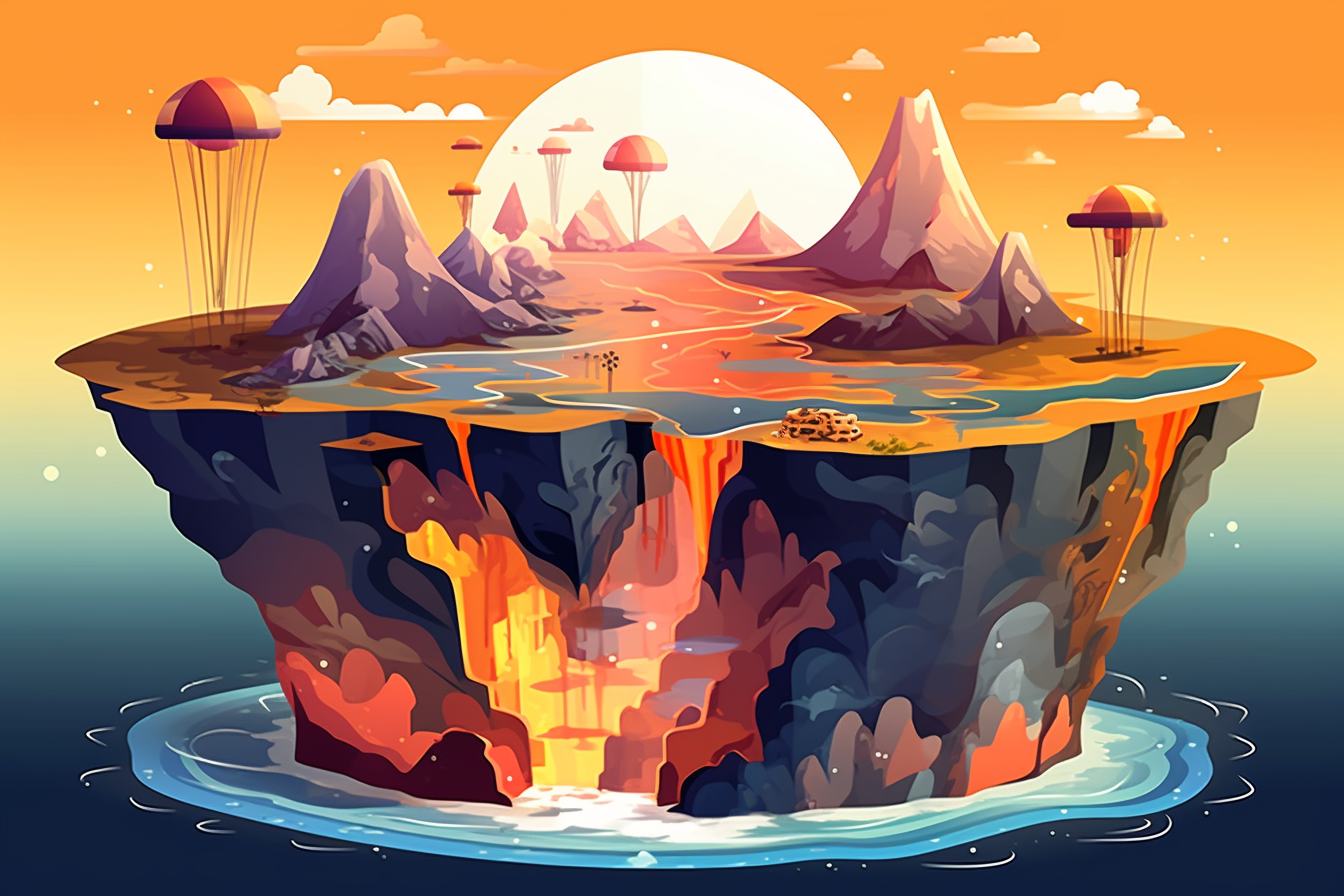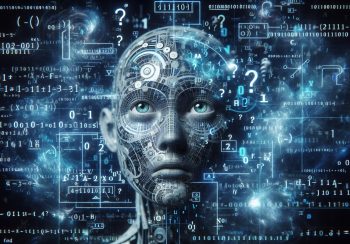Hello, tech enthusiasts! Emily here, coming to you from the heart of New Jersey, the land of innovation and, of course, mouth-watering bagels. Today, we’re diving headfirst into the fascinating world of 3D avatar generation. Buckle up, because we’re about to explore a groundbreaking research paper that’s causing quite a stir in the AI community: ‘StyleAvatar3D: Leveraging Image-Text Diffusion Models for High-Fidelity 3D Avatar Generation’.
II. The Magic Behind 3D Avatar Generation
Before we delve into the nitty-gritty of StyleAvatar3D, let’s take a moment to appreciate the magic of 3D avatar generation. Imagine being able to create a digital version of yourself, down to the last detail, all within the confines of your computer. Sounds like something out of a sci-fi movie, right? Well, thanks to the wonders of AI, this is becoming our reality.
The unique features of StyleAvatar3D, such as pose extraction, view-specific prompts, and attribute-related prompts, contribute to the generation of high-quality, stylized 3D avatars. However, as with any technological advancement, there are hurdles to overcome. One of the biggest challenges in 3D avatar generation is creating high-quality, detailed avatars that truly capture the essence of the individual they represent. This is where StyleAvatar3D comes into play.
III. Unveiling StyleAvatar3D
StyleAvatar3D is a novel method that’s pushing the boundaries of what’s possible in 3D avatar generation. It’s like the master chef of the AI world, blending together pre-trained image-text diffusion models and a Generative Adversarial Network (GAN)-based 3D generation network to whip up some seriously impressive avatars.
What sets StyleAvatar3D apart is its ability to generate multi-view images of avatars in various styles, all thanks to the comprehensive priors of appearance and geometry offered by image-text diffusion models. It’s like having a digital fashion show, with avatars strutting their stuff in a multitude of styles.
IV. The Secret Sauce: Pose Extraction and View-Specific Prompts
Now, let’s talk about the secret sauce that makes StyleAvatar3D so effective. During data generation, the team behind StyleAvatar3D employs poses extracted from existing 3D models to guide the generation of multi-view images. It’s like having a blueprint to follow, ensuring that the avatars are as realistic as possible.
But what happens when there’s a misalignment between poses and images in the data? That’s where view-specific prompts come in. These prompts, along with a coarse-to-fine discriminator for GAN training, help to address this issue, ensuring that the avatars generated are as accurate and detailed as possible.
V. Diving Deeper: Attribute-Related Prompts and Latent Diffusion Model
Welcome back, tech aficionados! Emily here, fresh from my bagel break and ready to delve deeper into the captivating world of StyleAvatar3D. Now, where were we? Ah, yes, attribute-related prompts.
In their quest to increase the diversity of the generated avatars, the team behind StyleAvatar3D didn’t stop at view-specific prompts. They also explored attribute-related prompts, adding another layer of complexity and customization to the avatar generation process. It’s like having a digital wardrobe at your disposal, allowing you to change your avatar’s appearance at the drop of a hat.
But the innovation doesn’t stop there. The team also developed a latent diffusion model within the style space of StyleGAN. This model enables the generation of avatars based on image-text pairs, which can be used for tasks such as object manipulation and pose transfer.
VI. Architecture and Implementation
The architecture of StyleAvatar3D consists of two main components: the image-text diffusion model and the 3D generation network. The image-text diffusion model is trained to generate images from text prompts, while the 3D generation network is responsible for generating high-quality 3D avatars.
The team employed a novel approach to train the 3D generation network, using a combination of adversarial training and self-supervised learning. This allows the network to learn complex patterns in the data and generate high-quality avatars with realistic textures and geometry.
VII. Results and Evaluation
The team evaluated the performance of StyleAvatar3D on several benchmark datasets, including the DeepFashion dataset and the LSUN dataset. The results showed that StyleAvatar3D outperformed state-of-the-art methods in terms of visual quality and diversity.
In addition to quantitative evaluation, the team also performed qualitative analysis to evaluate the realism and versatility of the generated avatars. The results showed that StyleAvatar3D can generate high-quality avatars with a wide range of styles and poses.
VIII. Conclusion
StyleAvatar3D is a groundbreaking research paper that demonstrates the potential of image-text diffusion models for 3D avatar generation. The novel approach to training the 3D generation network and the use of view-specific prompts and attribute-related prompts make StyleAvatar3D a significant contribution to the field.
The future of 3D avatar generation is here, and it’s nothing short of exciting. With StyleAvatar3D, we can generate high-quality avatars with realistic textures and geometry, opening up new possibilities for applications such as virtual reality, gaming, and animation.
IX. Future Work
While StyleAvatar3D demonstrates impressive results, there are still several limitations to be addressed in future work. For example, the current implementation assumes a fixed camera pose, which can limit the versatility of the generated avatars. Future work could focus on developing methods for generating avatars with dynamic camera poses and more complex scenes.
In conclusion, StyleAvatar3D is an exciting development in the field of 3D avatar generation. Its novel approach to training the 3D generation network and its impressive results make it a significant contribution to the field. As we continue to push the boundaries of what’s possible with AI, we can expect even more exciting developments in this area.
Authors: Chi Zhang, Yiwen Chen, Yijun Fu, Zhenglin Zhou, Gang Yu, Zhibin Wang, Bin Fu, Tao Chen, Guosheng Lin, Chunhua Shen
ArXiv: https://arxiv.org/abs/2305.19012
PDF: https://arxiv.org/pdf/2305.19012v1.pdf


